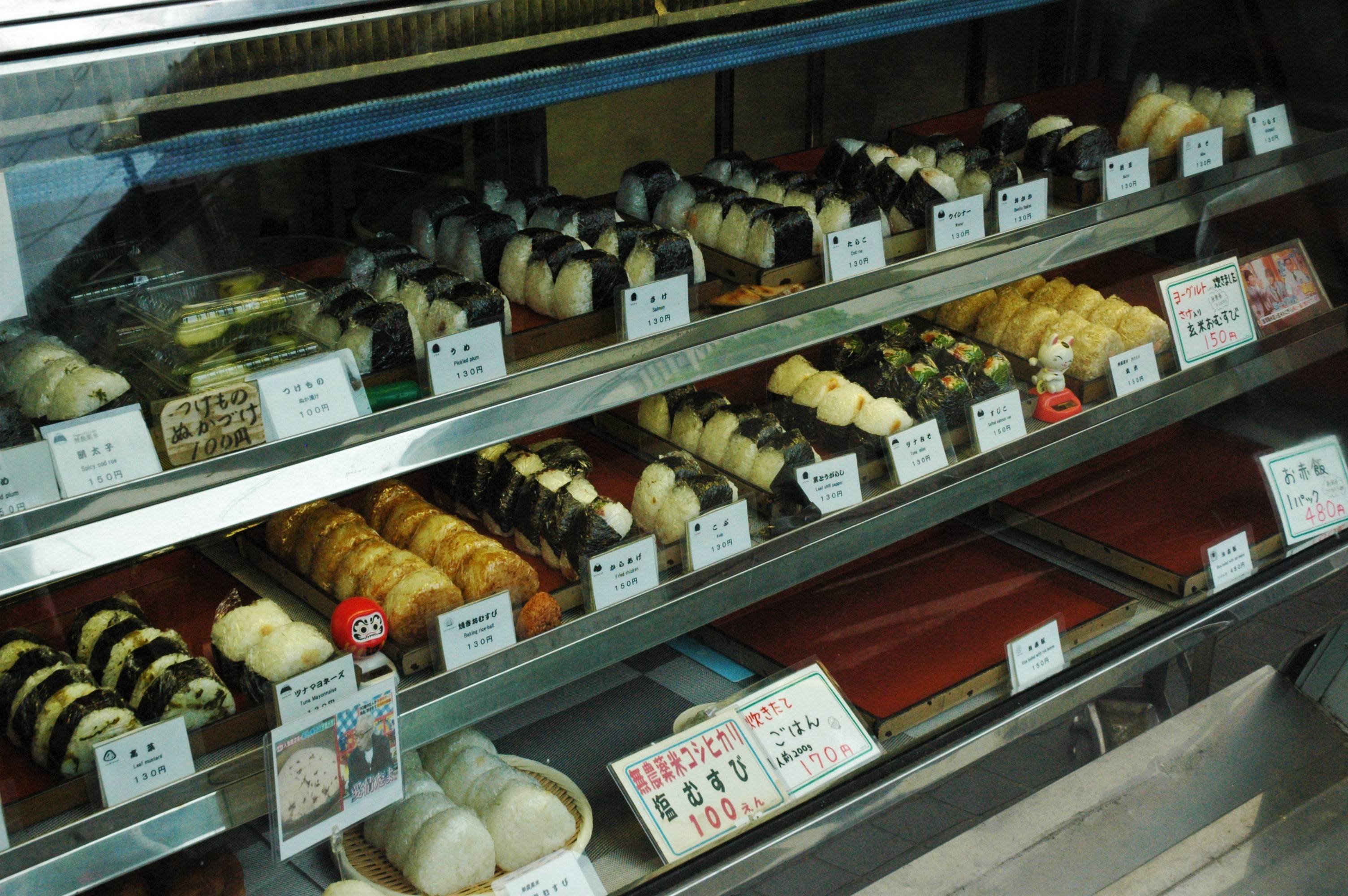One of the most ubiquitous snacks in Japan, onigiri or omusubi (both terms for rice ball) are a definitive staple of breakfast, lunch and dinner — and for all those snacktimes in between.
Called tonjiki in the 11th-century diary of “The Tale of Genji” author Murasaki Shikibu, these balls of goodness wound up as convenient battlefield pick-me-ups for hungry warriors, only becoming broadly popular during the latter Edo Period (1603-1868).
Today, onigiri are often wrapped in nori (dried laver seaweed), packed with filling and sometimes grilled. With fillings like tuna-mayonnaise or shiso (perilla), they’ve come a long way from the simple salted rice balls of yesteryear (although those are still available). There’s even an Onigiri Society.



















With your current subscription plan you can comment on stories. However, before writing your first comment, please create a display name in the Profile section of your subscriber account page.